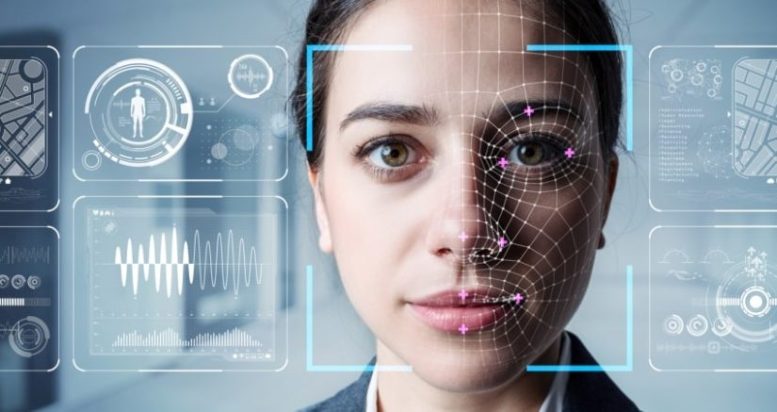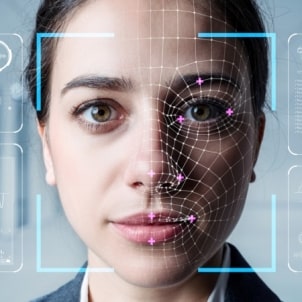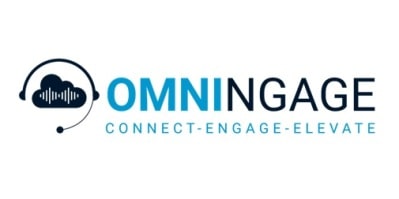Customer Authentication in Contact Centres Without Complication
So do you need voice biometrics in the contact centre?

One of the main challenges of online business is authenticating customers when they call or log in.
In his June 2017 article, Albert Seltzer, the Managing Director of SpesCom DataVoice, described the scale of identity fraud. The statistics quoted are from 2004.
The UK’s Fraud Prevention Services reported that the number fraud related crimes had increased by 600% from 1999 to 2004. In 2004, 120 thousand cases were reported, costing the UK economy approximately 300 million pounds Sterling.
In the same year, the UK banking clearing service reported that 500 million pounds worth of credit card fraud was perpetrated in the UK.
These crimes involved making purchases through remote channels with stolen credit card details.
These “remote channels” are contact centres and online business platforms and apps.
As a result, multi-factor authentication is becoming more popular with businesses.
The first “factor” is something the customer knows. This will be the classic security question, such as “What is your mother’s maiden name?”
The second “factor” is something the customer has. This often comes in the form of a random number sent to the customer by phone or email, which she either has to state or key in.
The third “factor” is something the customer “is”. For granting physical access, this may be a fingerprint or retina scan. For contact centre customers calling in, this can be the customer’s voice print.
Voice prints are as unique as fingerprints. They are not affected by what language the customer is speaking, nor by her accent. They are collected and checked by biometric systems, such as Amazon Connect’s Voice ID, which can be integrated with Omningage Connect.
 What is Voice Biometrics & How does it work?
What is Voice Biometrics & How does it work?
Amazon Connect Voice ID (Voice ID) is an application provided by Amazon Web Services (AWS) to provide real time caller identification and fraud risk detection. It can be integrated with the Omningage Desktop.
It uses machine learning to verify customers’ identity by analysing their voice characteristics.
When a customer is first enrolled, the agent conducts the standard authentication processes using security questions and random numbers sent to a mobile phone or email account. As she talks to the customer, the system will take a 30-second sample of the customer’s continuous speech.
This can be based either on natural conversation, or the customer can be asked to repeat a certain phrase.
The system generates and stores the customer’s voiceprint on its database
When the customer calls in again, he can either be asked to repeat the key phrase or engaged in conversation, as long as a 10-second sample of continuous speech is taken.
The system uses this sample to generate a temporary voiceprint which is then compared to the stored voiceprint. If there is a positive match, then the agent continues with the call.
 What other benefits does Voice ID bring?
What other benefits does Voice ID bring?
Reduction in customer effort: Once a customer’s voice print has been taken, it can be used as the only means of customer authentication for lower risk / value transactions. This saves the customer time and effort answering security questions.
It also avoids problems and delays because the customer cannot remember a password or the answer to a security question.
For higher value / risk transactions, the full suite of authentication checks can be used.
More opportunity to build rapport: The customer’s identity can be authenticated in near real time, so removing the awkwardness arising when the agent asks the security questions.
Indeed, some rapport building questions may even provoke the customer to talk long enough to provide the 10-second-long voice sample.
Reduction in Average Handling Time (AHT): Standard multi-factor authentication processes can take up to 25% of AHT for simpler calls.
Using Voice ID can effectively eliminate this, so reducing overall AHT and cost per call by up to 25%.
Improving customer satisfaction (CSAT): Research conducted by Sabio indicates that 49% of contact centre customers think standard authentication procedures take too long. Using voice biometrics will remove another source of irritation.
Protective anti-fraud measures: Known fraudsters, whose voice prints have been taken, can be added to a blacklist. This will automatically raise a real time alarm when they call in. The contact centre can then take the appropriate action.
Other authentication opportunities: These using voiceprints to authenticate self-service password resetting, using voice prints to digitally sign electronic documents, providing secure access to a remote system or verifying customers are at the location they claim they are.
![]()

OMNINGAGE is a cloud based Contact Centre Platform powered by Amazon Connect and AWS.
OMNINGAGE Connect is a next generation cloud based user desktop built for Amazon Connect which offers effortless user experience, promotes agent engagement and boosts staff productivity.
For additional information on Omningage view their Company Profile



